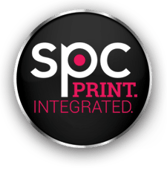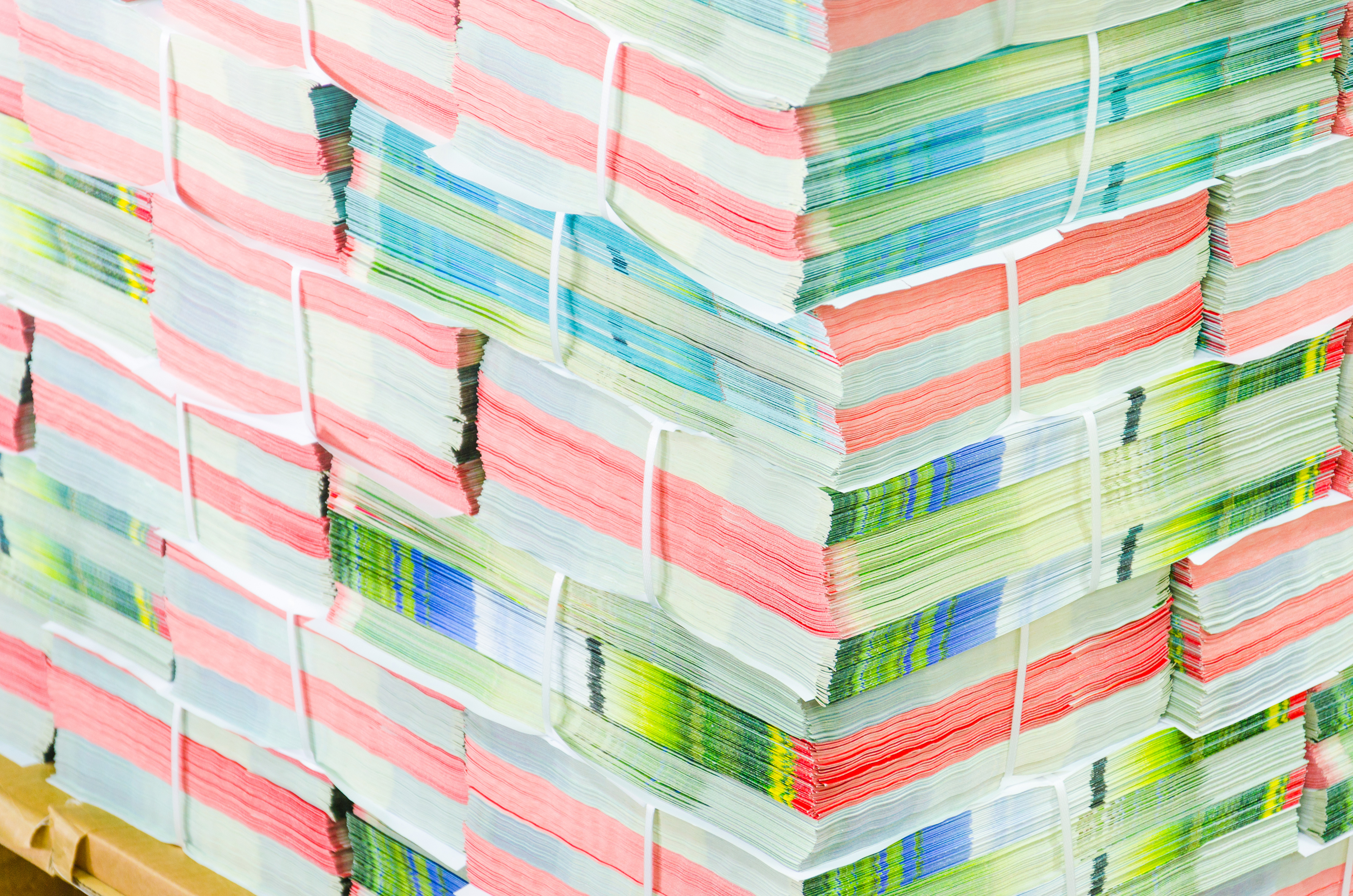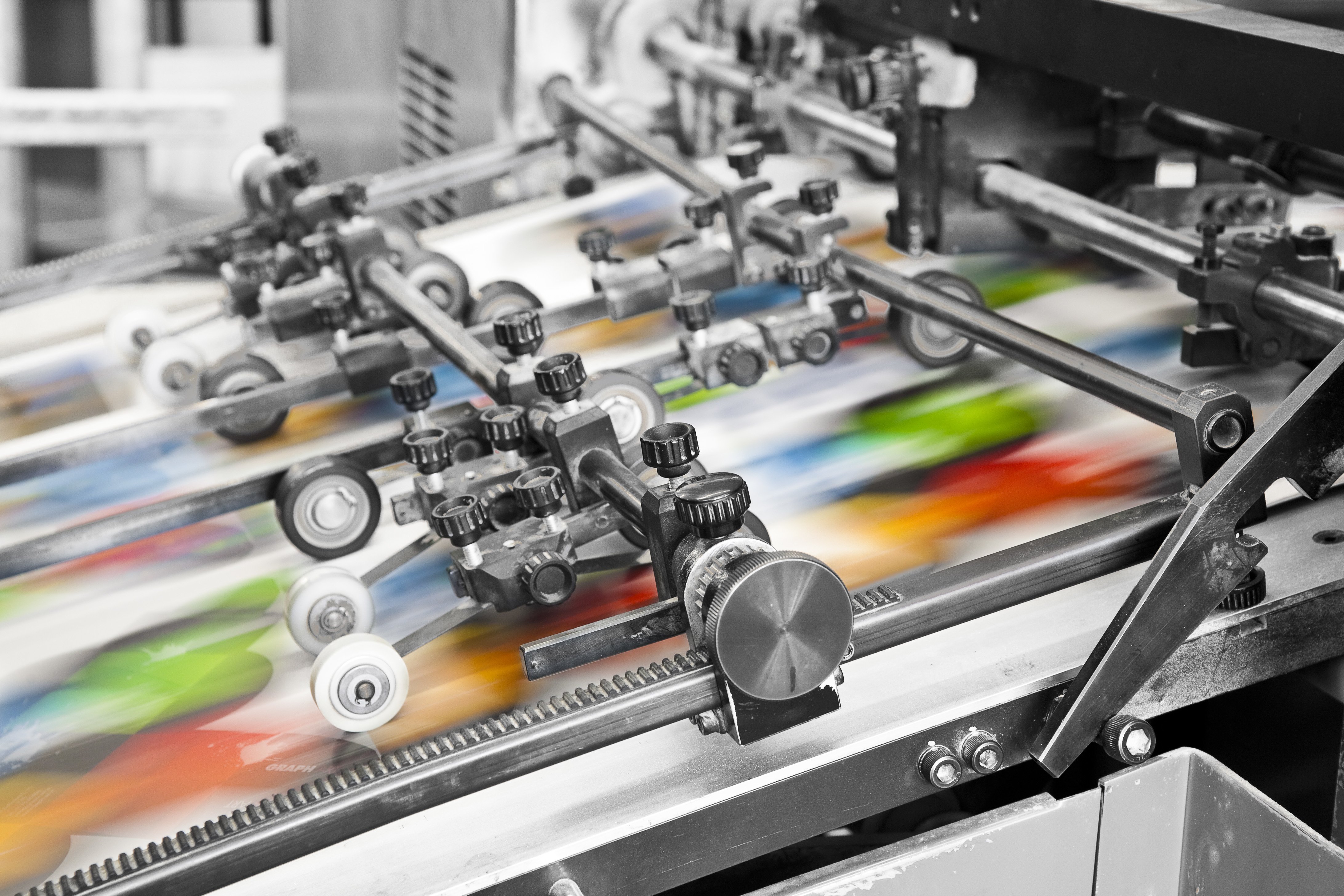The Value of Digital Printing
You may know that digital printing utilizes newer technology than offset printing, but do you know if that’s a good thing or a bad thing? Perhaps you’re under the impression that offset printing delivers better image quality considering that this used to be true during the early years of digital printing. Now that the technology has advanced, however, digital print and offset print quality are fairly comparable and both methods can generate professional results. The truth is that value can be found in both methods of printing and you should make your decision based on the specifics of your individual print projects.
When deciding whether digital printing or offset printing best suites your project, the first thing to consider is how many identical copies you will need. Digital printing is best used for short runs, which most people consider to be jobs under 2,000 copies. If you need more than that, then you should go the offset printing route.
The great news about digital printing is that you can run small batches without breaking the bank. This is because digital printing requires a minimal amount of setup time and material, unlike traditional offset printing. It is true that the material used in offset printing is cheap, but this only saves you money during a high volume print job. Digital printing can make up for the cost of materials because of the efficient machinery being used.
Here’s how the digital printing process works: first, an electronic file is sent to the printer. Digital print machines have rollers, one for each color, that use an electrostatic charge to attract toner and then apply said toner onto paper. Next, it’s all fused together with heat. Because the rollers are used to move the paper through the press, there is even a slightly larger amount of space that can be used on each sheet than the amount allotted in offset printing. This is because traditional offset printers use grippers, which means that no ink can be applied to the spots utilized by these grippers.
Sizing Up The Job
For appropriately sized projects, besides being economical, digital printing is also fast. This is another byproduct of the setup being less high maintenance than that required for offset printing. Because of this, it is also easier to run a test sheet through and make sure you like the look and feel of it before committing to printing hundreds or thousands of copies. Digital presses can now print on both sides of one sheet simultaneously, which also saves time.
Putting on the Finishing Touches
Another feature that some digital printers have is in-line finishing functions, such as folding, trimming, stitching, and stapling. If you add these steps to the digital printing process, you will slow down production of your project. There is something to be said, however, for getting all of the details of a job accomplished in the same place, at the same time.
A potential downside to digital is that these presses usually can’t print on sheets larger than 19 inches, although there are some wide-format machines that are exceptions to this. Also, most digital presses work best with standard weight paper. The toner used in digital printing does not always lay down as well on heavily textured stocks as the ink used in offset printing does. Rapidly improving technology, however, continues to help digital printers use more and more kinds of paper.
Let’s Get Personal!
Besides the size of your print job, the other main factor to consider before choosing which process will work best for you is whether or not you’ll be personalizing the copies in any way. Personalizing collateral is a key part of many marketing strategies. According to an InfoTrends’ survey of enterprise marketers, 41 percent of printed communications include some type of personalized information or images targeting the recipient. In fact, 55 percent of the surveyed enterprises expect to increase their use of personalization over the next two years. The best part is that this is easily accomplished with digital printing!
Personalization is also known as variable data. Mostly used on otherwise identical printed items, variable data includes information like names and addresses. This is when digital printing comes in handy. Because you have to spend a decent amount of time setting up an offset printer, it’s a waste of time and money to reset the machine in between each copy, especially if you’re only changing a few lines of text or maybe an image. This occurs a lot with direct mail pieces, for example. Changing aspects of the printed item from sheet to sheet is much more efficient and inexpensive when using a digital press.
So, like with many aspects of the business world, the bottom line is deadlines and prices. If your project is just a short-run, or involves a lot of variable data, then digital printing is the way to go. Once you’ve made your decision, the next step is to find a print company that has the right equipment and is ready to work with you. Then, get the presses running!






Leave a Reply